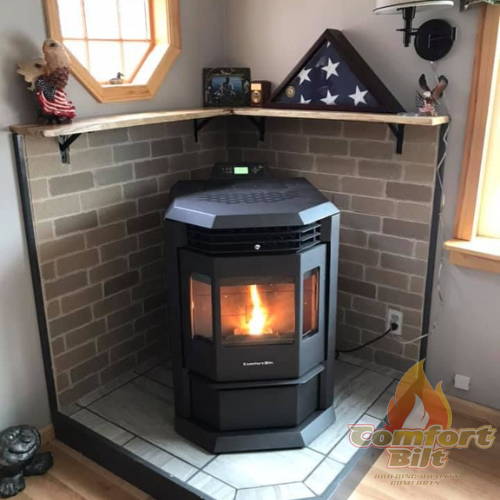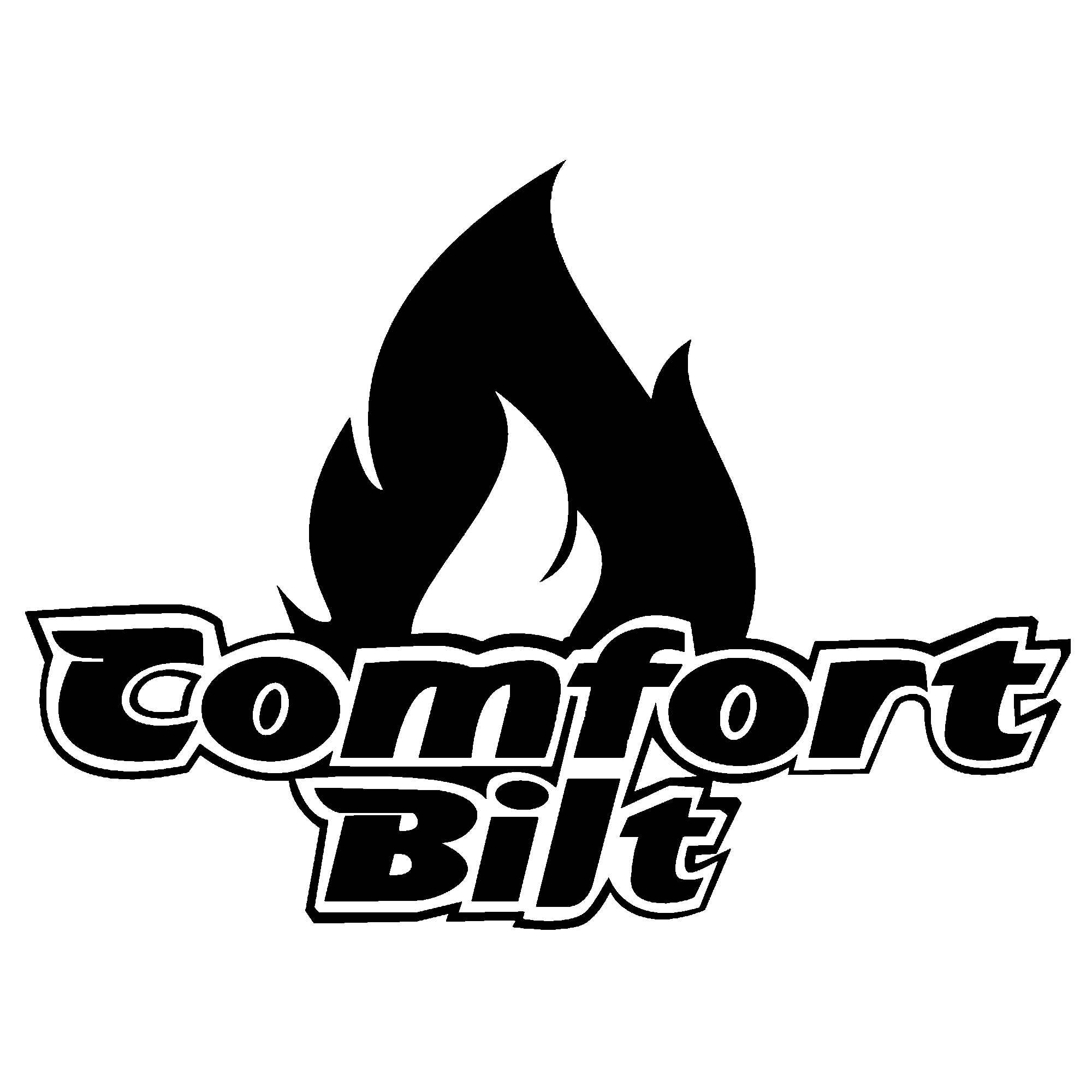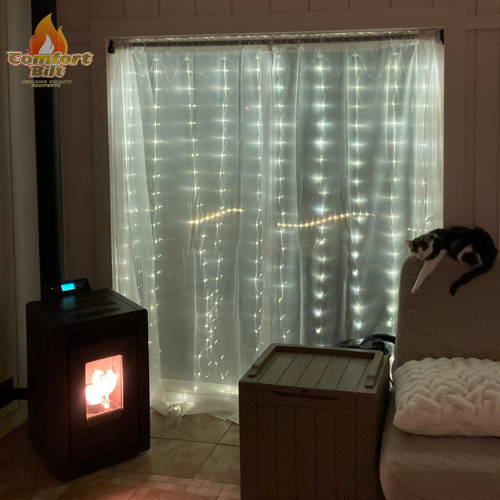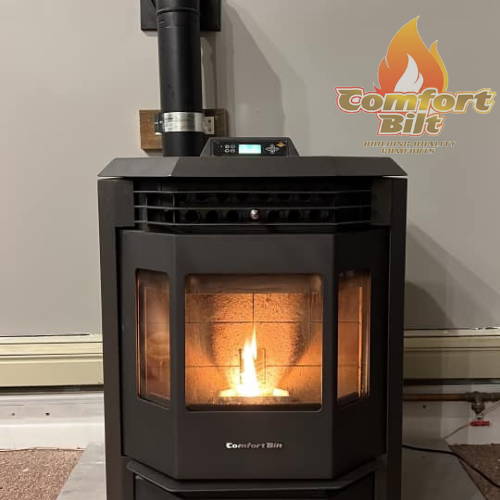Does every pellet stove require outside air?
Introduction:
Pellet stoves have become a popular choice for heating homes efficiently and sustainably. Yet, amidst the myriad of options and accessories available for these stoves, one question often arises: Is a fresh air intake kit necessary for pellet stove operation? In this blog, we'll delve into the pros and cons of installing an outside air intake kit on a pellet stove, exploring its necessity and benefits, especially for certain scenarios like manufactured homes, higher elevations, and tightly sealed constructions.
Pros of Installing an Outside Air Intake:
-Improved Efficiency: By drawing in external air for combustion, an air intake kit prevents the pellet stove from competing with the indoor air for oxygen, ensuring more efficient burning of pellets.
-Enhanced Safety: With an external air supply, there's a reduced risk of backdrafts or negative pressure situations which could lead to improper combustion or even carbon monoxide buildup indoors.
-Minimized Indoor Pollution: Pellet stoves and pellet stove inserts without an air intake can sometimes draw in air from within the home, potentially pulling in dust, allergens, or other pollutants. External air intake helps maintain better indoor air quality.
-Consistent Performance: External air intake ensures a steady and reliable airflow, which is particularly beneficial in areas prone to fluctuating indoor air pressures due to weather conditions or building design.
Cons of Installing an Outside Air Intake:
-Additional Cost and Installation: Adding an air intake kit to a pellet stove involves extra expenses for purchasing the kit and professional installation, which might deter some homeowners.
-Aesthetics and Space: Depending on the stove's location and the home's design, installing an air intake pipe may detract from the aesthetic appeal or require additional space considerations.
-Limited Impact in Some Environments: In homes with sufficient ventilation or where indoor air quality is not a significant concern, the benefits of an external air intake may not justify the cost and effort.
-Maintenance Requirements: Introducing an additional component means there's one more thing to maintain and potentially troubleshoot over time, adding to the overall upkeep of the pellet stove.
Special Considerations:
For manufactured homes, higher elevations, and tightly sealed constructions, the benefits of installing an air intake kit are particularly pronounced:
-Manufactured Homes: These homes often have limited ventilation and may benefit greatly from an external air supply to maintain proper indoor air quality and stove performance. In most states, an outside air source is required for this style of construction.
-Higher Elevations: At higher altitudes, air density decreases, which can affect combustion efficiency. An external air intake helps ensure sufficient oxygen supply for optimal burning of pellets.
-Tightly Sealed Constructions: Modern, energy-efficient homes are often tightly sealed to prevent heat loss, but this can also impede proper ventilation. An air intake kit becomes essential in such environments to maintain safe and efficient operation of the pellet stove.
Conclusion:
While the necessity of an air intake kit for a pellet stove may vary depending on individual circumstances and preferences, its benefits in terms of efficiency, safety, and indoor air quality cannot be overlooked, especially in specific scenarios like manufactured homes, higher elevations, and tightly sealed constructions. Ultimately, homeowners should weigh the pros and cons carefully to make an informed decision that aligns with their needs and environmental considerations.
For more information on ComfortBilt pellet stoves: Click Here
For more information on ComfortBilt pellet stove inserts: Click Here
For more information on Carolina wood stoves: Click Here





